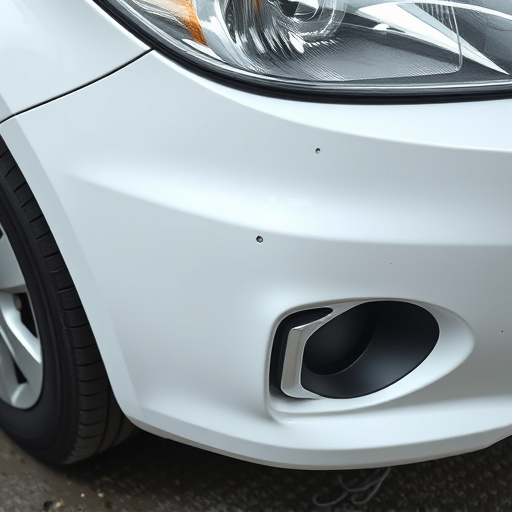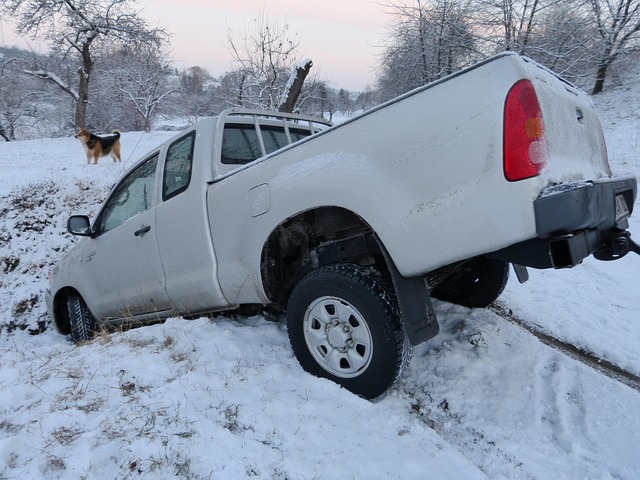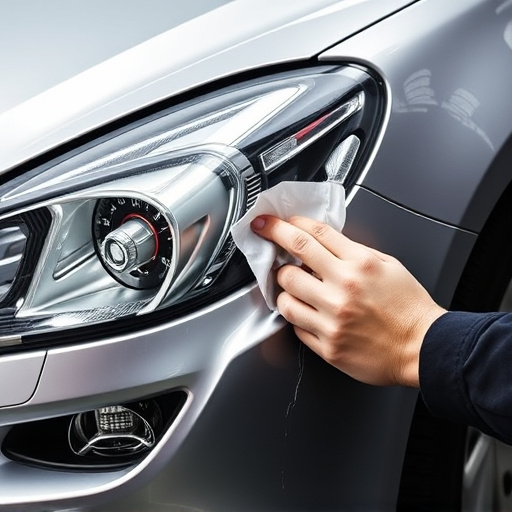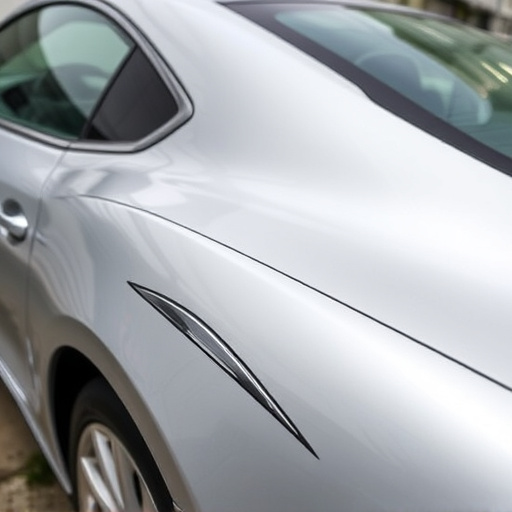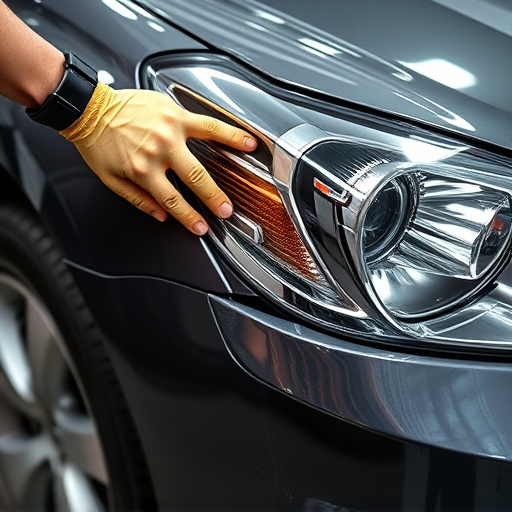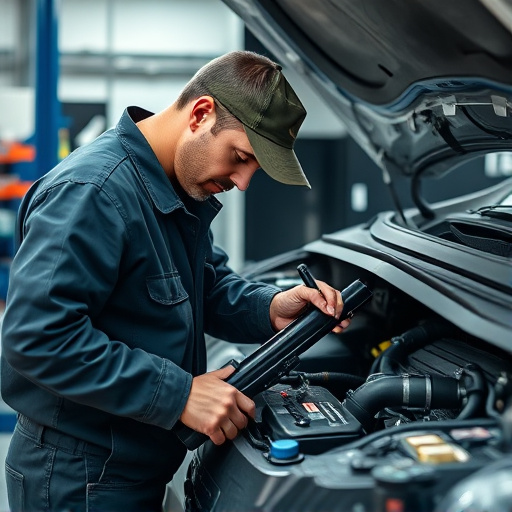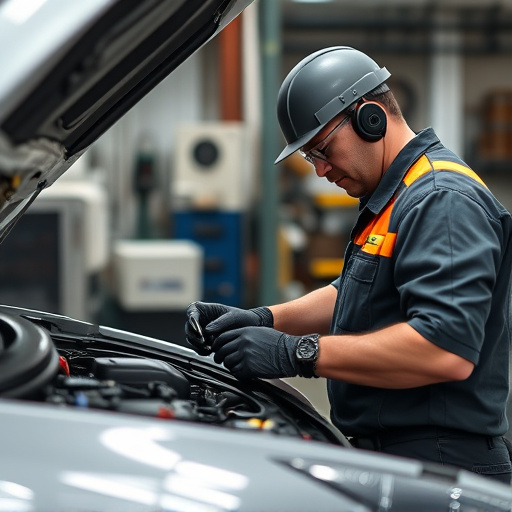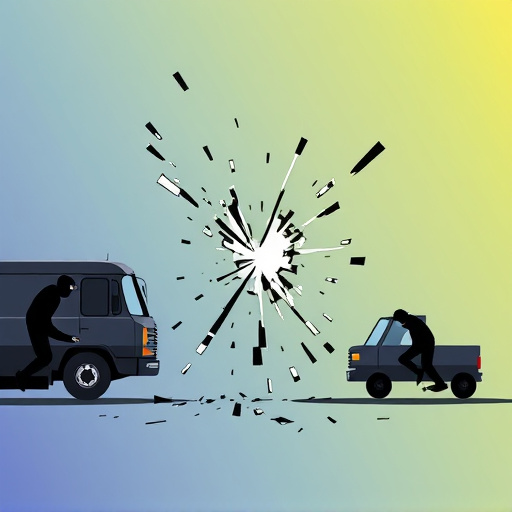Radiator replacement accidents pose environmental risks due to hazardous materials in old radiators. Auto collision centers mitigate these risks with meticulous procedures, proper disposal, and eco-friendly practices, adhering to regulations and promoting sustainability in automotive repairs, thus avoiding soil, water, and air contamination.
A radiator replacement accident may seem like a minor event, but it can have significant implications for environmental compliance. This article explores how the process of replacing old radiators—often made with harmful materials—can contribute to a greener future. We’ll delve into the environmental impact of outdated radiators and discuss strategies to ensure compliance when adopting eco-friendly alternatives. By understanding these aspects, individuals and businesses can play a crucial role in minimizing their carbon footprint.
- Understanding Radiator Replacement Process
- Environmental Impact of Old Radiators
- Compliance Strategies for Eco-Friendly Alternatives
Understanding Radiator Replacement Process
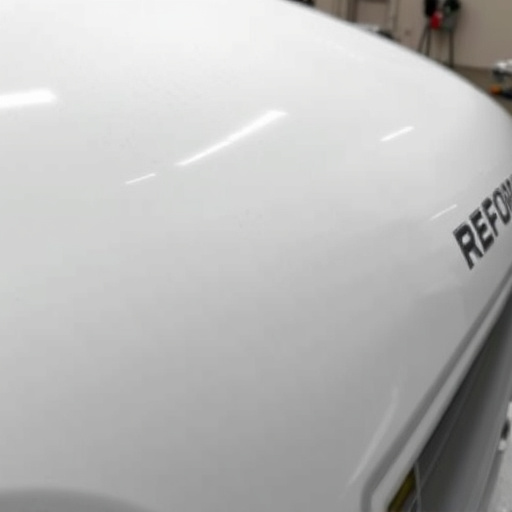
The radiator replacement process involves several key steps that are crucial for both vehicular safety and environmental protection. It begins with the removal of the damaged or faulty radiator from the vehicle, which is typically located in the engine compartment. This is a delicate procedure as radiators are intricate components connected to the cooling system. Skilled technicians at an auto collision center carefully disassemble related parts to ensure a complete and accurate replacement.
Once the old radiator is replaced with a new one, meticulous work is done to reassemble the surrounding vehicle bodywork. Every nut, bolt, and seal must be checked for proper fitting to prevent any leaks that could cause further damage or contribute to environmental contamination. An automotive body shop equipped with advanced tools and knowledge ensures that the replacement accident doesn’t lead to additional issues. Proper disposal of the old radiator is also a critical step in adhering to environmental compliance regulations, as these components often contain hazardous materials that require special handling.
Environmental Impact of Old Radiators

Old radiators, often found in vintage or classic vehicles, can pose significant environmental challenges due to their design and materials. These traditional cooling systems typically contain harmful substances such as lead, mercury, and asbestos, which were commonly used in older automotive components. When left undisturbed, these substances remain encapsulated within the radiator’s structure. However, during a radiator replacement accident, these hazardous materials risk being released into the environment if proper safety protocols are not followed.
A radiator replacement accident can lead to a severe environmental impact if not managed correctly. The process of removing and replacing old radiators may involve dent removal or even complete car paint services, which could potentially expose toxic substances. As such, it is crucial that automotive repair services adhere to strict environmental compliance regulations. Proper disposal methods must be employed to mitigate the risk of these pollutants contaminating soil, water bodies, and air, thereby ensuring a safer ecosystem for future generations.
Compliance Strategies for Eco-Friendly Alternatives

When addressing a radiator replacement accident, environmental compliance is a paramount concern. This is where strategic adherence to eco-friendly practices proves vital. Auto body shops and collision centers can play a significant role in minimizing ecological impact by adopting specific compliance strategies. One key approach involves utilizing environmentally friendly materials for replacements, such as recycled metal or bio-based plastics, thereby reducing the carbon footprint associated with traditional car bodywork services.
Additionally, these facilities can implement robust recycling programs to capture and reuse components from damaged radiators. Many collision repair services have successfully integrated these practices into their workflows, contributing to a circular economy. By embracing these eco-conscious initiatives, not only do they adhere to environmental regulations but also set examples for the industry, fostering a more sustainable future in automotive repairs.
The process of radiator replacement, often sparked by incidents like a radiator replacement accident, serves as a stark reminder of the environmental impact of outdated systems. By understanding this process and the associated environmental concerns, businesses can strategically adopt eco-friendly alternatives. Compliance with environmental regulations becomes not just a legal requirement but a responsible step towards a greener future, ensuring that every replacement, no matter how seemingly minor, contributes to a more sustainable world.

